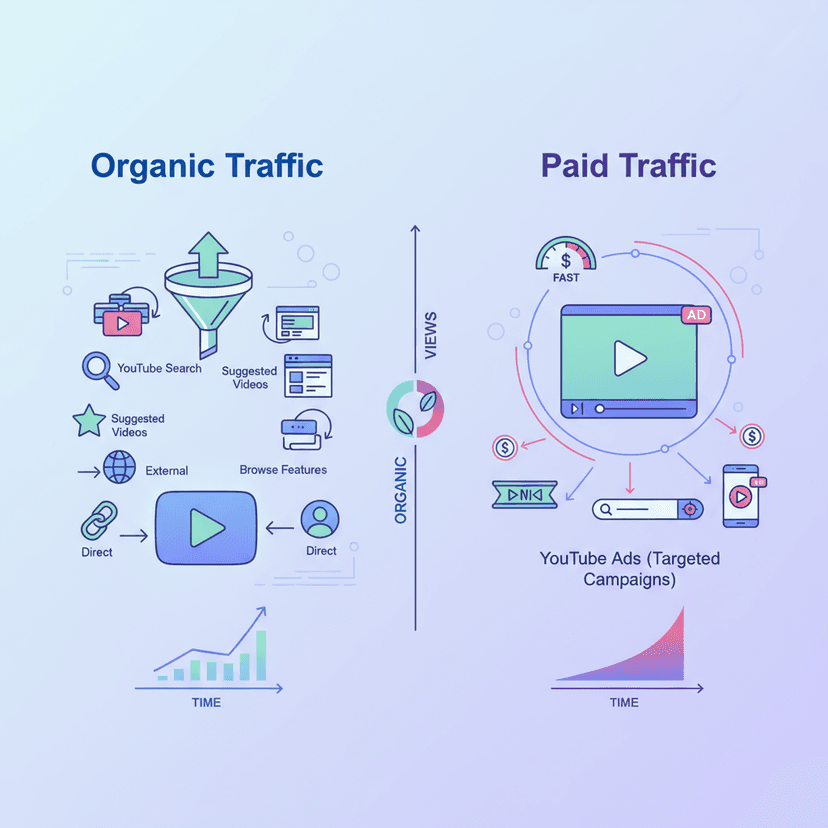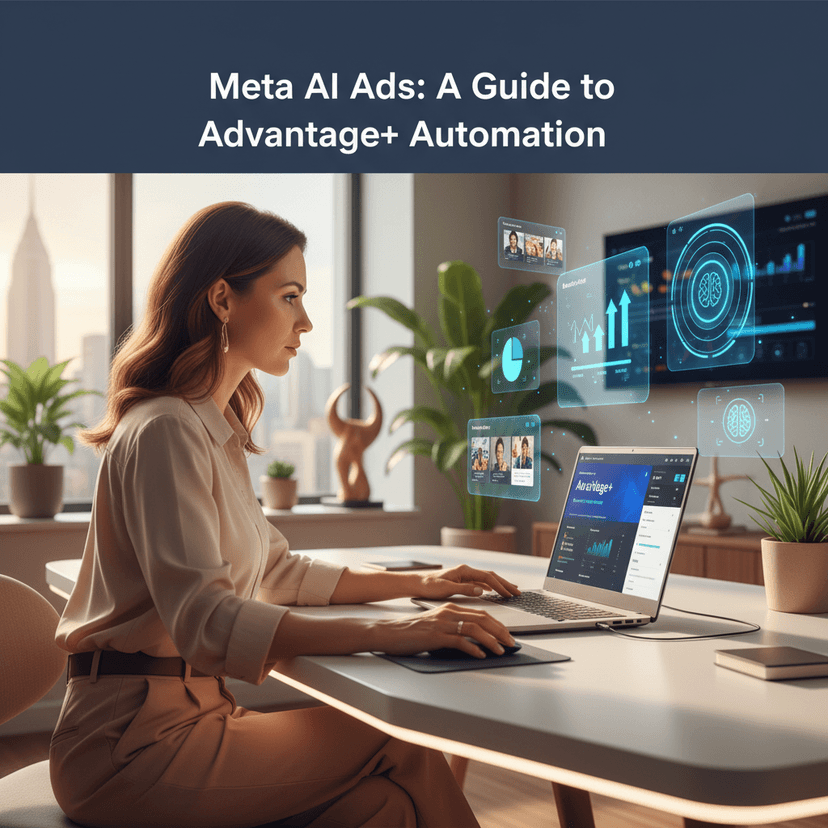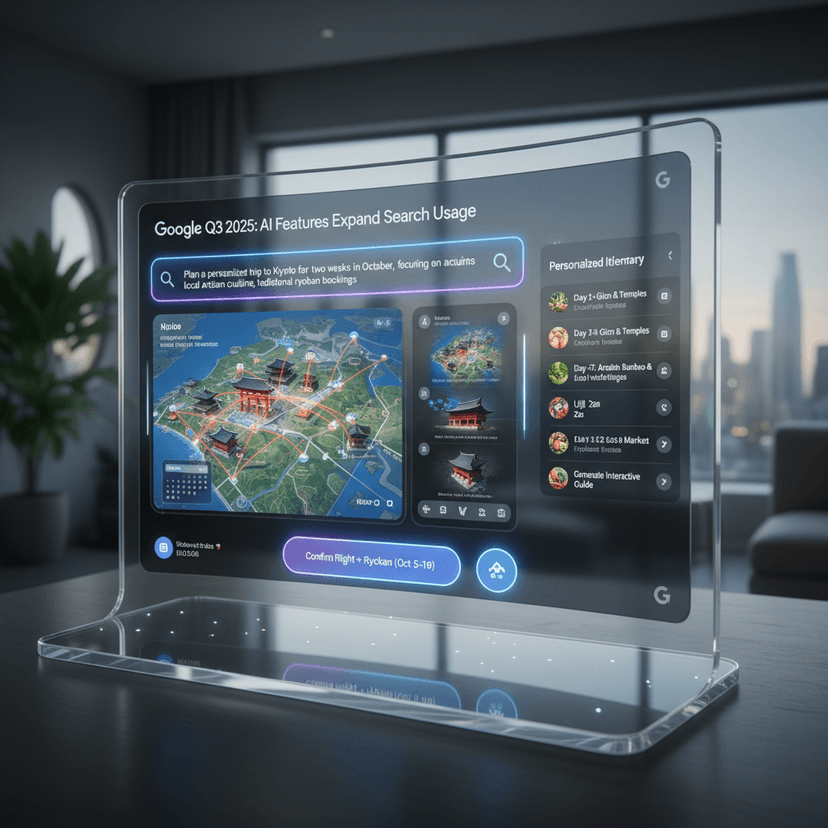When Google launched its advertising platform in 2000, almost no one could have predicted how deeply it would impact the internet, marketing, and even global commerce. Initially known as Google AdWords, the platform started with just 350 advertisers but has since become the heart of digital marketing, adopted by millions of businesses worldwide. Let’s explore how Google Ads has evolved over the past 20 years, both in terms of capabilities and complexity.
The Beginning of Google Ads: A Revolution in Online Advertising
Google AdWords emerged during a time when the internet was rapidly growing, but online advertising systems were still in their infancy. Previously, most websites relied on large banner ads that annoyed users and weren’t relevant to what they were searching for.
Google saw an opportunity to create a different advertising system, connecting ads to what users were searching for at that moment. This concept not only created a better experience for users but also allowed marketers to reach customers who were genuinely interested in their products or services.
2000: The Birth of AdWords
When Google officially launched AdWords in October 2000, the system was very simple:
Despite its simplicity, AdWords demonstrated Google’s clear vision of creating advertising that was “relevant” and didn’t overly disrupt the user experience.
2002: A Pivotal Shift – The Pay-Per-Click Model
In 2002, Google introduced AdWords Select, which offered a new auction model that revolutionized online advertising:
- Shifted from a CPM model to a CPC (Cost-Per-Click) model, meaning advertisers only paid when someone clicked on their ad.
- Introduced a real-time bidding system for search queries, where advertisers bid on how much they were willing to pay per click.
- Added Quality Score, prioritizing ad relevance over the amount of money spent.
This change dramatically transformed the advertising industry, as marketers could tie their advertising costs to tangible actions (clicks) rather than just impressions. Meanwhile, Quality Score ensured that the best-quality ads were shown, even if they didn’t offer the highest bids.
The Evolution of Google Ads From Past to Present
1. From Text Ads to Diverse Campaign Formats
Past (2003): Early Google ads were simple, just a few lines of text appearing next to search results. Advertisers bid on keywords, and ads were ranked primarily based on the amount bid.
Early limitations of text ads included:
- Headline limited to 25 characters.
- Two description lines, each limited to 35 characters.
- Displayed URL limited to one line.
Marketers had to be very creative in crafting compelling copy within these constraints, but this simplicity is what made early ads effective because they didn’t disrupt the user experience.
Present (2024): Today, ads can include text, images, videos, product listings, app installations, and even content generated by AI. Platforms like Performance Max automatically optimize ad placements across Search, Display, YouTube, Gmail, and Maps.
Current ad formats are diverse:
- Expanded Text Ads provide more space for writing ad copy.
- Responsive Display Ads adjust size to fit available ad spaces.
- Video ads on YouTube with various formats such as In-stream, Discovery, and Bumper.
- Shopping ads displaying product images, prices, and other details.
- Mobile app ads promoting app downloads.
This diversity allows marketers to tailor their advertising strategies to different business objectives. Google Shopping Service
2. From Self-Managed Auctions to Intelligent Automation
Past: Early auctions were entirely manual. You selected keywords, set a maximum CPC, and hoped for the best. Marketers had to regularly monitor and adjust their bids to achieve a good return on investment.
This process was not only time-consuming but also difficult to respond quickly to market changes, such as seasonal shifts or unexpected events.
Present: Google Ads is increasingly driven by automation. Smart Bidding strategies like Maximize Conversions, Target ROAS, and Target CPA use machine learning to adjust bids in real time based on various signals.
Automation doesn’t just adjust bids based on the time of day, day of the week, or device; it also considers more complex factors, such as:
- User’s previous browsing behavior.
- User’s location and language.
- Demographics.
- Conversion history of specific keywords.
- Even the weather or current events.
The increased use of AI and machine learning in Google Ads has shifted the role of marketers from managing daily auctions to setting high-level strategies and tracking overall performance. Relevant Search Google Ads
3. From Keyword Targeting to Intent-Based Marketing
Past: Keyword targeting was central to early AdWords campaigns. Match types (Broad, Phrase, and Exact) controlled how closely a user’s search had to match your keywords.
Marketers spent countless hours researching keywords, building long lists of keywords, and structuring campaigns to reflect how people truly searched for their products or services. This was a detailed and labor-intensive process.
Present: While keywords remain important, Google Ads now focuses on user intent and audience signals more than ever. Smarter Broad match and AI-powered campaigns rely on behavioral data and context rather than precise keyword matches.
Key changes in targeting include:
- Smarter Broad match that understands the intent behind searches, not just the words used.
- Audience targeting based on interests, browsing behavior, and demographics.
- Intent-based targeting that attempts to match ads with users in specific stages of the buying journey.
- AI-powered campaigns like Performance Max that allow Google to find potential customers instead of sticking to predefined keyword lists.
With this shift, marketers need to move away from focusing on keywords to understanding the broader intent and context of user searches. Google Display Service
4. From Limited Analysis to Deep Insights Measurement Models
Past: Success was measured by clicks and impressions. Google provided basic conversion tracking, but multi-touch attribution models were in their early stages.
Initially, marketers often judged ad performance by basic metrics such as:
- Clicks
- Click-through rate (CTR)
- Average position
- Daily clicks
Deep insights reflecting the impact of ads on sales or other business goals were limited, making it difficult to demonstrate true ROI.
Present: Google Ads integrates with Google Analytics 4, providing cross-device and cross-platform measurement. Advanced tools like data-driven attribution help marketers understand the customer journey across all touchpoints.
Current analytical capabilities include:
- Data-driven attribution that assigns credit to each touchpoint along the customer journey.
- Cross-device tracking that follows users from mobile searches to desktop purchases.
- Channel analysis showing how different channels contribute to conversions.
- Tracking offline actions such as phone calls or store visits.
- Measuring lifetime customer value rather than just first conversions.
These advancements enable marketers to more accurately demonstrate ROI and make smarter decisions about budget allocation. Line Official Account Service
5. From Single-Channel Focus to an Omnichannel Strategy
Past: In its early days, Google Ads focused solely on search results. Marketers could only target users when they were actively searching on the Google website. This limited the scope of advertising campaigns.
Advertising in those early days existed in a relatively siloed environment:
- Website advertising was done through AdWords.
- Display ads required a separate advertising network.
- Offline channels like TV or print were completely disconnected from the digital strategy.
Present: Google Ads has expanded across the entire Google ecosystem, encompassing YouTube, Gmail, the Display Network, and even smart TVs. Features like Performance Max offer a holistic solution that optimizes creative and bidding strategies across all these platforms.
Today’s omnichannel advertising experience includes:
- Campaigns that run across Search, the Display Network, YouTube, and even Google Maps.
- Automatic ad optimization to suit the format and requirements of each platform.
- Consistent audience targeting across all digital touchpoints.
- Cross-channel measurement showing how different channels work together.
- Integration with offline marketing through features like store visit measurement and phone call tracking.
This evolution reflects the broader shift in consumer behavior, as people move between devices and platforms throughout the day, requiring a more unified advertising strategy. Programmatic
Key Changes in Google Ads History
6. Brand Adjustments and Policy Changes
In 2018, Google rebranded AdWords to Google Ads, reflecting a shift beyond text-driven and keyword-based advertising. This rebranding was more than just a name change; it represented Google’s evolving strategy to offer a comprehensive and diverse advertising platform.
Over time, advertising policies have become stricter, particularly regarding:
- User privacy.
- Political advertising.
- Third-party data usage.
Google has implemented numerous policy changes to address privacy concerns and evolving consumer expectations. For example:
- Restricting advertising in sensitive industries such as gambling, finance, and healthcare.
- Increasing transparency about how ads target users.
- Implementing new requirements for identity verification for advertisers in certain categories.
- Improving tools for users to control their advertising experiences.
These policy changes reflect a balancing act between the needs of advertisers, the user experience, and ethical standards.







